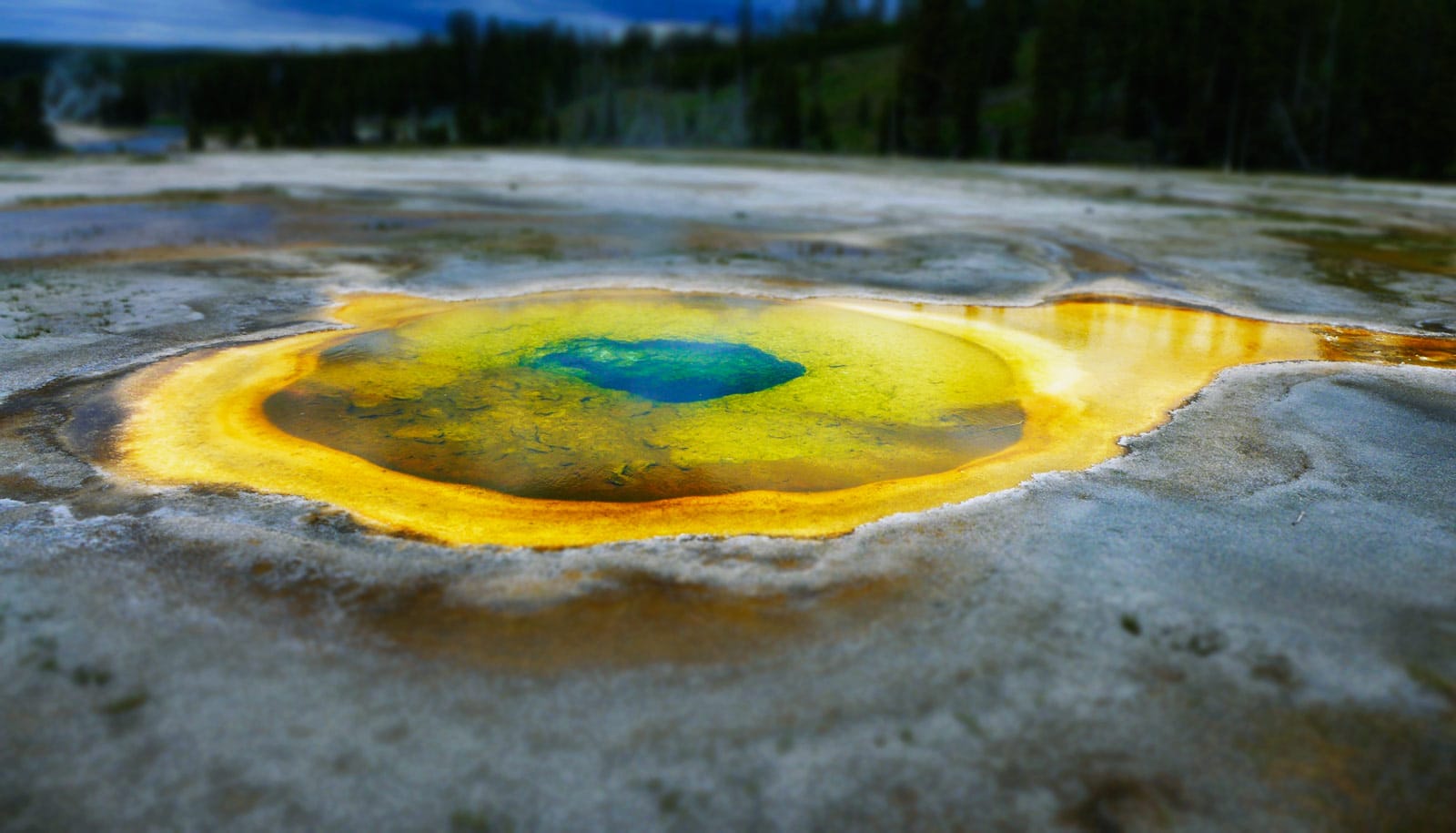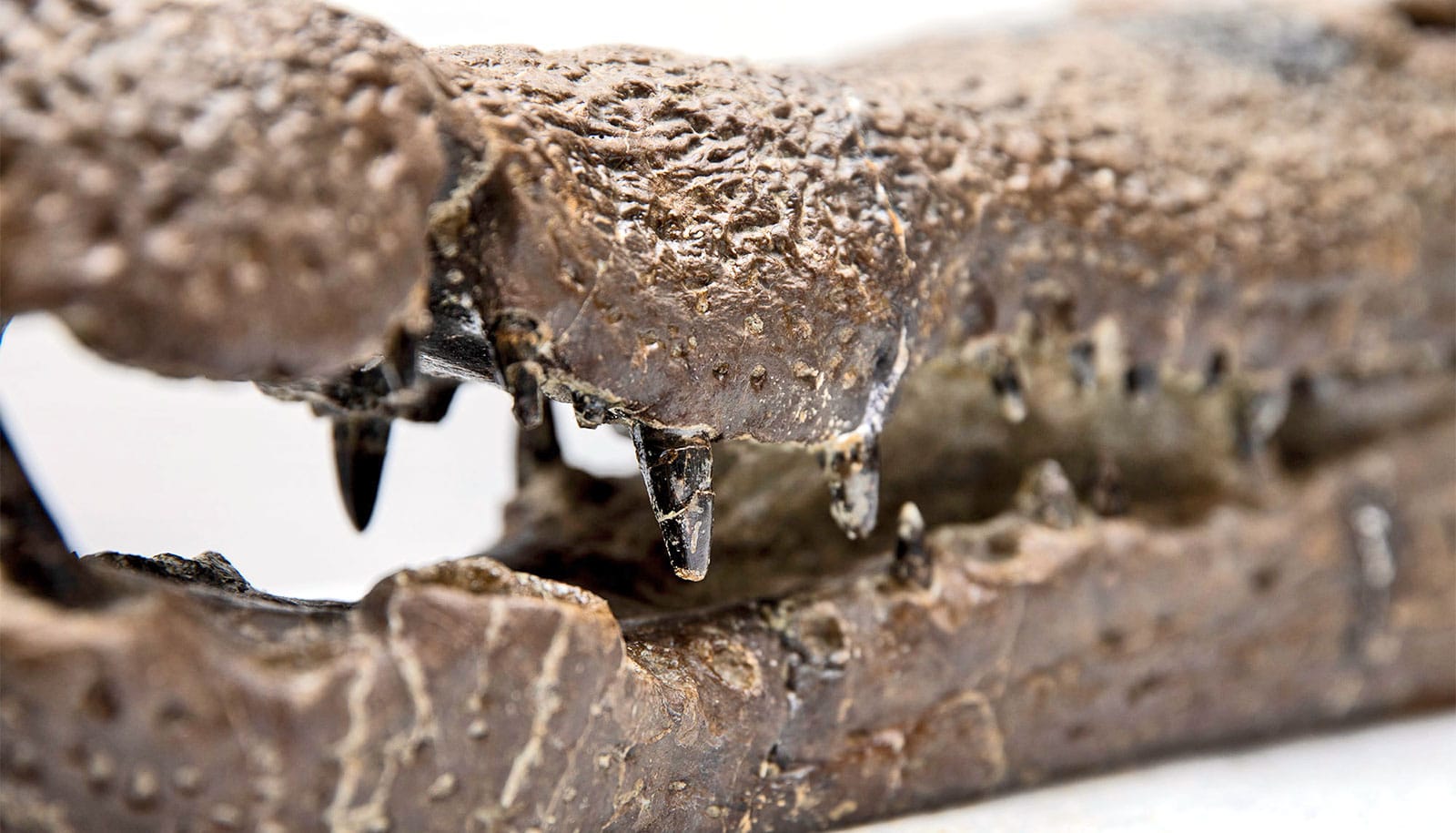Some three billion years ago, when life on Earth was still in its infancy, hot springs, geysers, and volcanic hydrothermal vents were burgeoning with single-cell organisms. Temperatures hovered around a burning hot 180 degrees. In a few hundred million years, the basic elements of our genetic code and cellular machinery all came into being.
Then it started to get colder. Standing on the equator 1 billion years ago, it would have been as cold as today’s Antarctic. Of course this story has a happy ending—life developed anyway—but how it managed to adapt to the earth’s cooling remains something of a mystery.
Now, scientists say they have an explanation as to how enzymes—key catalysts in cells—braved the cold. “It’s one more clue to how life evolved on this planet,” says Dorothee Kern, professor of biochemistry at Brandeis University.
Bubbles in lava could change our view of early Earth
Kern began working five years ago on building replicas of ancient, extinct enzymes. By analyzing the genetic code of thousands of species of bacteria, she and colleagues created an evolutionary tree then worked backwards to infer the structures of an enzyme called adenylate kinase (ADK) from three billion years ago up to its modern forms. ADK is present in every living creature on the planet.
Scientists studied the behavior of this enzyme across a wide range of temperatures, essentially reenacting several billion years’ worth of evolution in a few days. What they found was that over time, ADK underwent genetic mutations so that it could swap out a key component, namely amino acids. This allowed it to cope with the inevitable loss of energy due to the decrease in environmental temperatures. As a result, ADK remained highly active despite the energy loss.
Kern created what she calls a “super-enzyme,” an ADK able to survive in both hot and cold climates. It was a transitional molecule as life adapted to the changing environment.
The existence of such a super-enzyme disproves a long-held theory that increased enzyme activity is counterbalanced by a decreased chemical stability. The super-enzymes were highly active, yet didn’t grow more unstable, suggesting enzymes are a lot more adaptable than previously thought.
Their findings appear in the journal Science.
Source: Brandeis University



